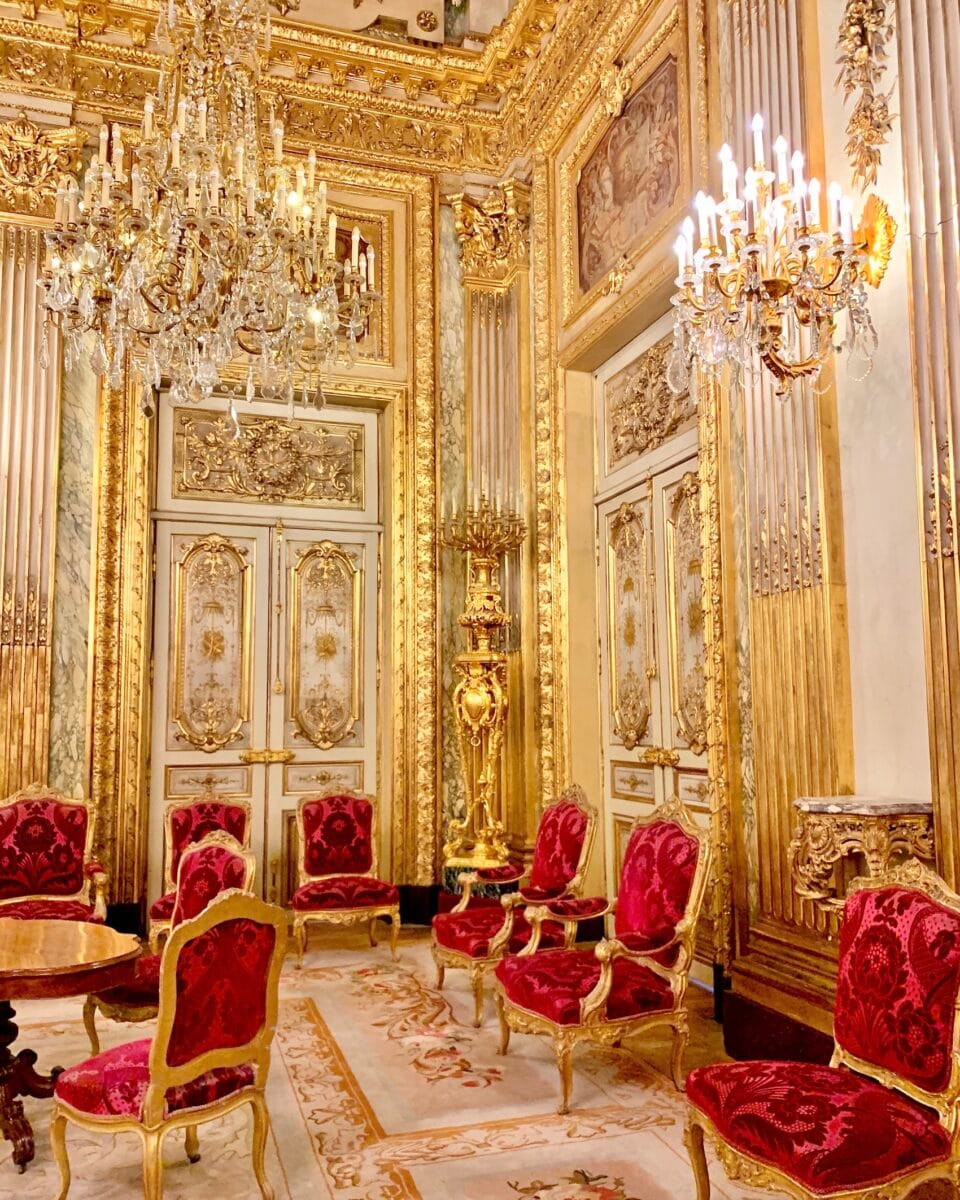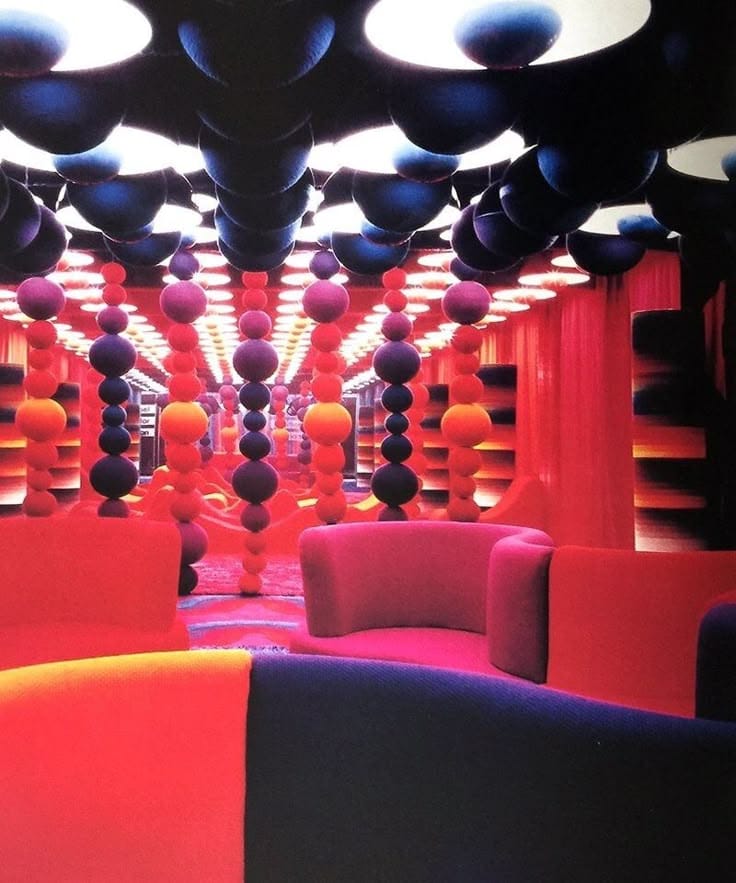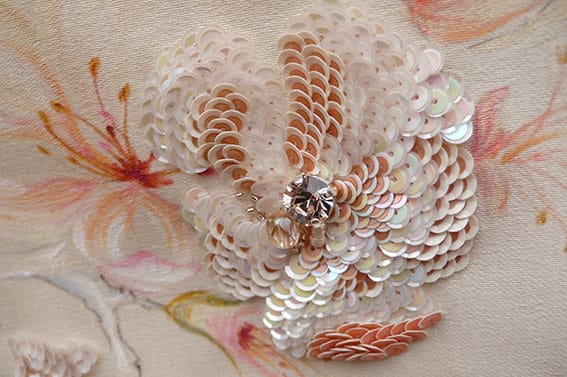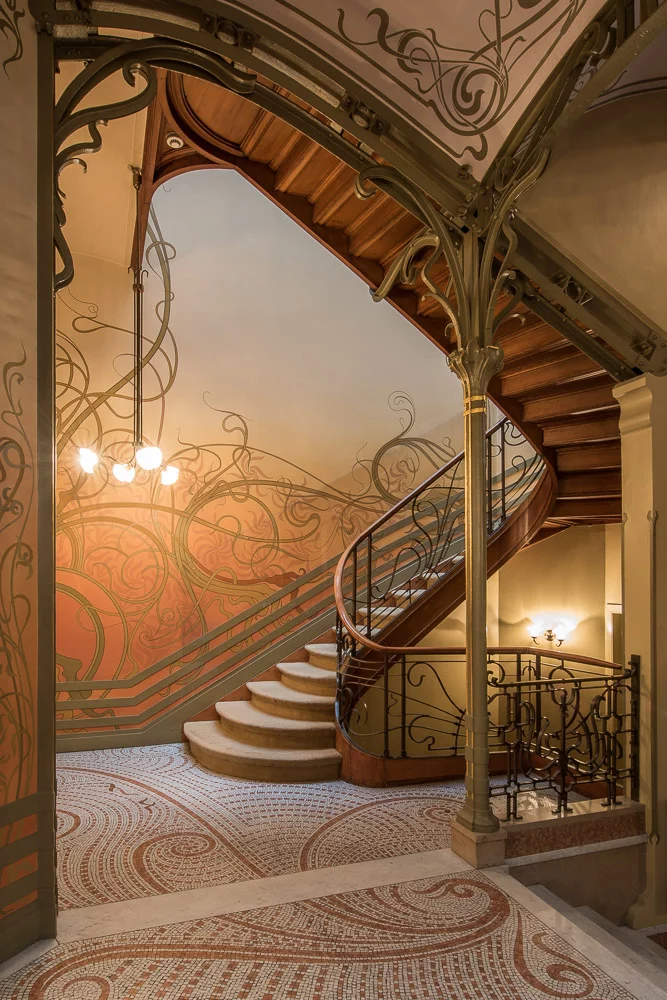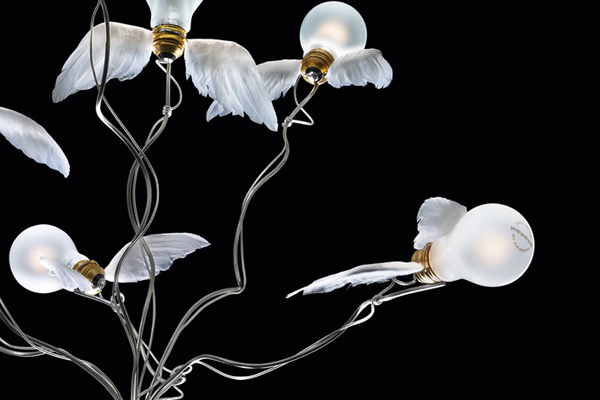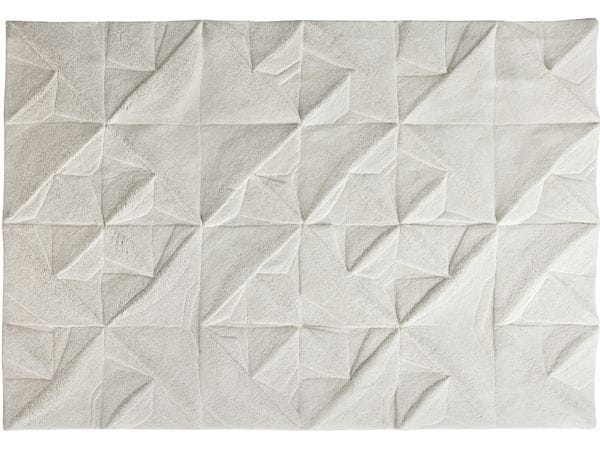All you need to know about the famous Napoleon III Style (1850-1870)
The Napoleon III style
Politically, the2nd Empire only lasted eighteen years (1852-1870), but the style corresponded from 1852 to the beginning of the IIIrd Republic around 1890. The Napoleon III style thus corresponds more or less to the Victorian style of the English.
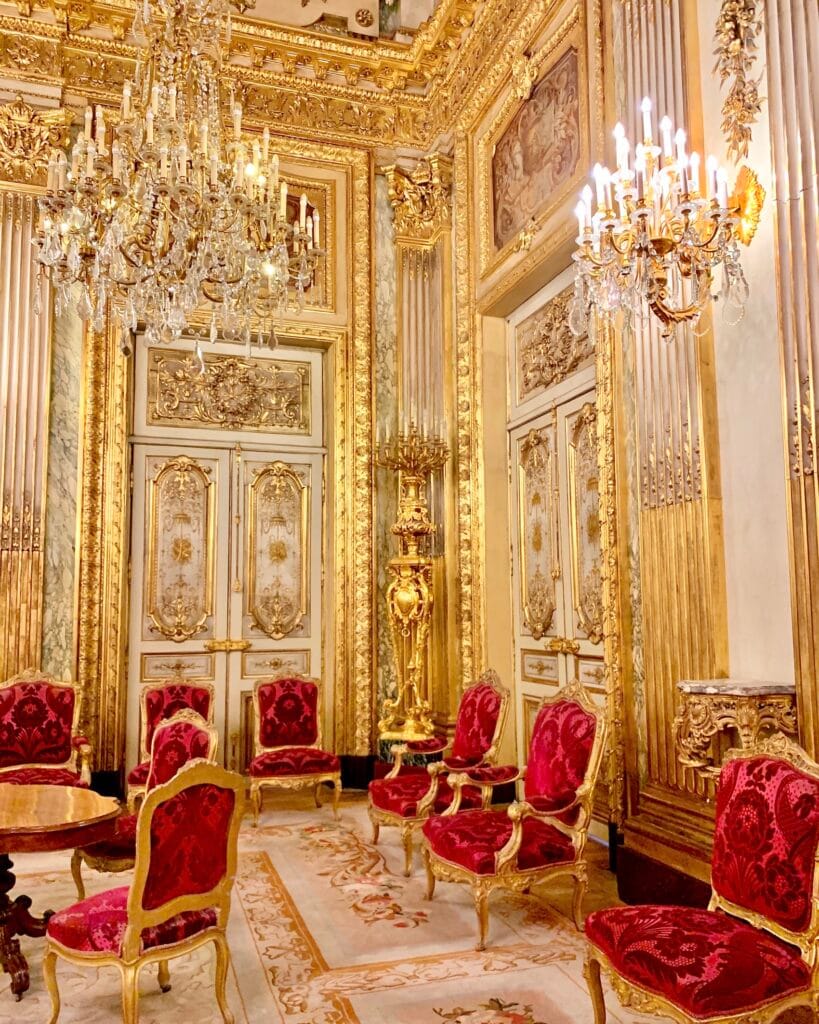
A richly decorated ceremonial room featuring gilded moldings, crystal chandeliers, and velvet upholstery. This grand setting reflects the opulence favored by Empress Eugénie.
Today, we think of Napoleon Bonaparte’s reign as an eighteen-year period of prosperity and brilliance, ending with the double catastrophe of the invasion and the Commune. It was a reign of splendor and consumerism (people were finally spending after having saved under Louis-Philippe), but above all it was an era that in a certain sense was dominated by women. Empress Eugénie reigned almost as much as her husband. Paris saw the rise of new courtesans who became public figures: La Païva, Cora, Pearl.
A new bourgeois class now enjoys the luxuries once reserved for aristocrats, and luxury (or at least its appearance) becomes more affordable.
Women chose the furniture (not men or architects), the upholsterer “reigned”, and the female body was often represented: nudes held up floor lamps, and in salons, they held up clocks…
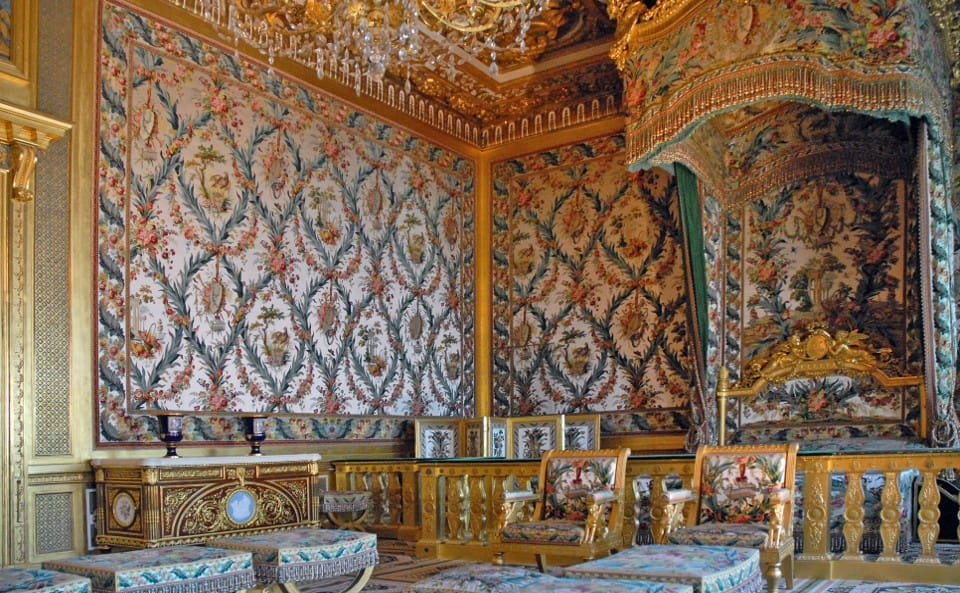
Art and Architecture
AlongsideIngres, painters imposed an official academicism (Couture, Winterhalter, Gérôme, Cabanel, Meissonier, etc.); but Courbet, Daumier, Manet and the artists of the Salon des Refusés paved the way for modern painting. Sculpture (Barye, F.-J. Duret, Clesinger, Carrier-Belleuse, etc.) was dominated by Carpeaux.
In architecture, in the Paris renovated by Haussmann, the great achievements were marked by eclecticism (Lefuel, Davioud, Garnier, etc.), but the theoretical work of Viollet-le-Duc and the first examples of the use of iron heralded a renewal (Hittorff, Baltard, Labrouste, L. A. Boileau). With the rapid development of industry, transport and commerce , metal architecture made its mark with innovative designs.
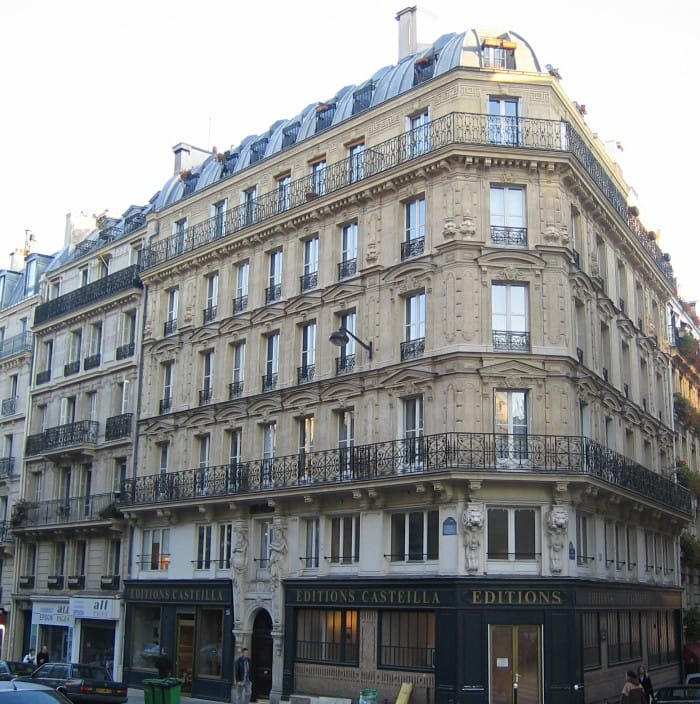
The decorative arts (furniture by Fourdinois or Alfred Beurdeley, bronzes by Guillaume Denière or Barbedienne, silverware by Froment-Meurice, Fannière, Christofle, Falize jewelry, etc.), which saw the beginnings of industrialization, adopted Renaissance and 18th-century forms (Louis XV and Louis XVI) and interpreted them according to the prevailing taste for luxury and comfort (tapestries, trimmings, upholstery, etc.).
Under the Second Empire, from 1852 to 1870, Haussmann’s works modernized and transformed the whole of Paris under the impetus of Napoleon III and Prefect Haussmann.
The project covered all areas of urban planning, both in the heart of Paris and in its outer districts: streets and boulevards, façade regulations, green spaces, street furniture, sewers and water supply networks, public facilities and monuments.
Viciously criticized by some of its contemporaries, forgotten for part of the 20th century, then rehabilitated by the discrediting of post-war urban planning, this work still conditions the daily use of the city by its inhabitants. It laid the foundations for the popular representation of the French capital around the world, superimposing a modern Paris of wide boulevards and open squares on the old Paris and its picturesque alleyways.
Artists and architects (Charles Garnier) denounced the stifling monotony of this monumental architecture. Politicians and writers questioned the extent of speculation and corruption (Zola’s La Curée), and some falsely accused Haussmann of personal enrichment. Many critics, however, focused on substantive issues and eventually brought down the prefect.
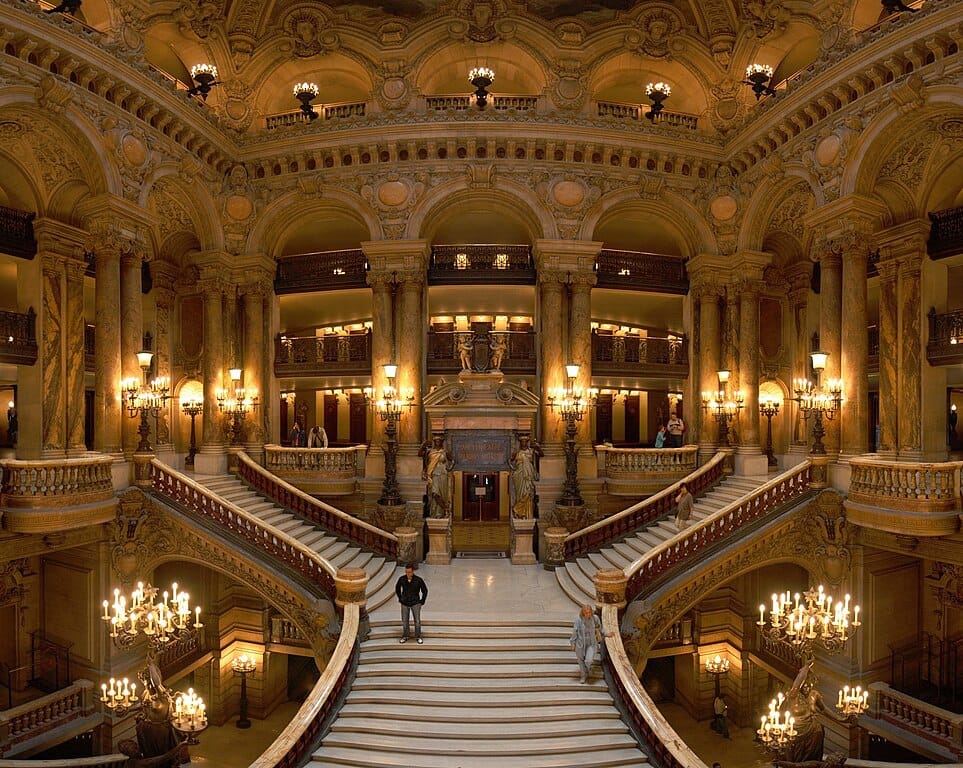
The Paris Opera can be seen as the apogee of the Napoleon III style: it’s eclecticism, but only starting from classicism in its various phases (from renaissance to neo-classicism).
In the mid-19th century, the disadvantages of wood’s hygroscopicity were overcome with the development of the veneering process.
Woods used include black-stained pear and beech, solid oak, mahogany, rosewood or ebony veneer. Precious woods, mother-of-pearl and ivory are inlaid. Enamel or porcelain plates are also used, as are painted decorations on dark wood.
Paper mache pressed into a mold is used to make seats or pedestal tables.
We continue to draw inspiration from the past: Gothic armoire, Renaissance bed, Louis XV table and daybed, and the exotic: Chippendale or Chinese chair.
Manufacturers’ ingenuity created an almost infinite range of seating. It’s worth noting that Second Empire interiors are cluttered with a multiplicity of seats and small tables. Two main categories can be distinguished:
1- Seating imitating antique styles.
Even if the general structure and decoration are similar, the style copies differ in the addition of castors, padding and bangs. The decorative structure is less varied, but it invades parts of the seat that were previously left bare. These include:
The Louis XV and Louis XVI armchairs, as well as the Gondole, Crapaud and Voltaire armchairs , are copied from previous eras.
Chairs in the Henri II “Renaissance” style, modified Louis XV Louis XVI style.
Traditional-style sofas are Louis XV, Louis XVI or crapaud armchairs with enlarged seats.
2-Second Empire period creations.
Armchairs

Confident. It consists of two armchairs placed side by side and inverted, joined by a more or less pronounced S-shaped top crosspiece. There is usually no visible wood in this type of chair. Upholstered and upholstered, it is most often adorned in light, shimmering fabrics.
Indiscreet: three armchairs joined by a three-bladed propeller-shaped crosspiece. Like the confident, it’s a wood-covered seat.
the Chauffeuse. The two types used in the previous era have been slightly modified
1) Upholstered armchair. Similar to the “fauteuil crapaud”, but without arms. Tassels and bangs dragging down to the floor conceal the feet, which are fitted with castors.
2) Chauffeuse with high backrest. The low, rectangular seat is upholstered. The backrest adopts a variety of shapes: gilded and carved wood, black lacquered wood with mother-of-pearl inlays, papier-mâché.
Medallion-back chair: The seat is caned and rests on four slightly curved legs. Two legs support a hollowed-out medallion, usually in dark wood inlaid with lacquer or painted.
Bamboo” chair. The rectangular seat is upholstered. The legs, back uprights and crosspieces imitate bamboo. They are either in dark wood or in patinated bronze. d) “String” chair(9). The seat is covered with a rich silk damask fabric. The carvings on the legs, backrest and belt in black wood imitate the braids and knots of a rope.
Chinese” chair. The seat can be of normal or low height. The backrest is straight. It imitates fancy China using black and gold lacquered bars, with mother-of-pearl or Ivory inlays.
Charivari” chair. Upholstered seat; backrest made of a series of turned and gilded bars; these are the chairs currently offered by seat rental companies for receptions.
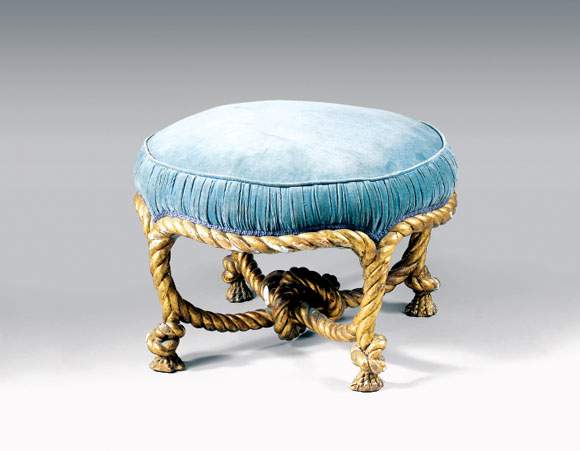
The square or slightly rectangular stool is always upholstered. The base consists of 4 short legs joined by an X-shaped brace. The Second Empire innovated by braiding the base in the shape of a rope. Women’s crinolines encouraged the proliferation of backless seats, poufs being round, low, upholstered seats adorned with a flounce or fringe that conceals the base.
La Borne: three two-armed sofas lean against a triangular base. This base is sometimes topped by a heavy ornamental motif in bronze, ceramic or gilded wood. This decorative element may be a kind of planter in which flowers are placed. This type of seat is entirely covered in fabric.
Beds: Renaissance type with a heavy canopy resting on four twisted columns or caryatids, in oak or walnut or with two headboards(headboard higher than the footboard).
Dining room tables are all kinds of rather mediocre copies of antique styles: – Louis XVI-style round tables – Renaissance-style rectangular tables.

Pedestal table, console table, psyche… remain from the previous era, to which are added an infinite variety of small tables representing the most original creations of the Napoleon III style: working table, tilting table, games table, nesting table, dressing table and night table.
All kinds of desks are used: flat desks, minister’s desks, flip-top secretaries, etc. Among the most interesting creations is the Bonheur du jour. This small piece of furniture was born of Princess Eugénie’s infatuation with the Louis XVI style. Similar Bonheur du Jour models are available, but adorned with Boulle-style marquetry (tortoiseshell, pewter, ivory).
Themirror cabinet is found mainly in modest interiors.
The libraries are of two types, either cathedral-style, with Gothic window ornamentation, or double-barrelled.
Finally, the umbrella stand and coat rack are creations from this period.
The Eugenie style

Eugénie de Montijo had a great influence on the decorative styles of the Second Empire for several reasons:
– the emperor asked her and her ladies-in-waiting to continually change their gowns, so that as a fashion ambassador she could serve as a model for the textile industry’s latest creations.
– Eugenie, who was a great admirer of Marie Antoinette, was also able to satisfy her cult with decor. She was obsessed with the Empress Marie Antoinette, who had lived in the châteaux of St Cloud and Compiègne, and as soon as she married, she had the furniture that had once belonged to her searched for and copied (especially furniture by Riesener and Oeben) to place in various residences.
As a good Spaniard, she loved gilding, and to please her, furniture was weighted down with bronze, drawing on the motifs of the decorators of the time, especially Delafosse, with their many bows, oves, doves and natural lilies. She chose the richest examples; for example, Marie Antoinette’s jewelry armoire, no bigger than a bedside table, took on the size of a mirror cabinet.
See : The 3 salons Lefuel decorated at the Tuileries Palace for Eugénie: the green and gold salon, the pink salon and the blue salon.
Coatings :
Trompe l’oeil and stucco take pride of place in the quest for historical truth.
Wallpaper is on the rise, covering walls. The trend is towards imitation. Papers imitate felt, velvet, silk, moire, leather, ceramics, embroidery and of course… upholstery.
Floral motifs are also very popular: country and exotic flowers, as well as palms and bamboo. The dominant colors are red and yellow on a black background.
For the floor, it’s the reign of decorative and trompe l’oeil carpets. Some carpets go so far as to reproduce French garden beds or water fountains.
The carpet that completes it is usually heavy and very colorful on a black or cream background.

